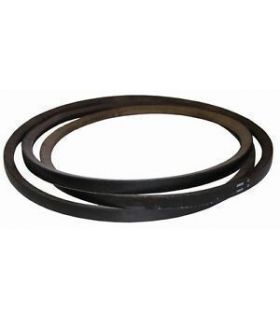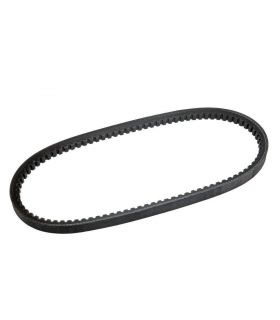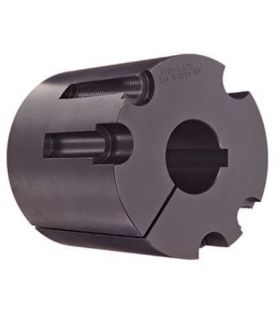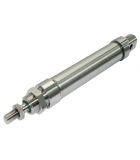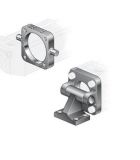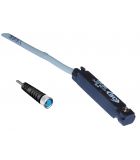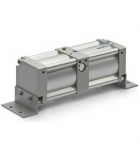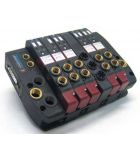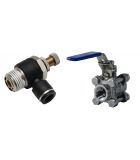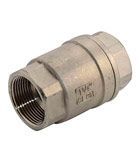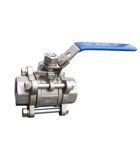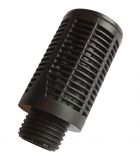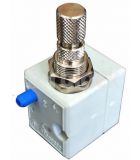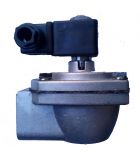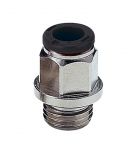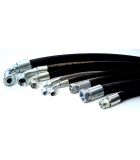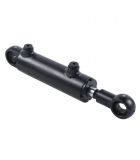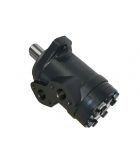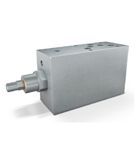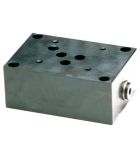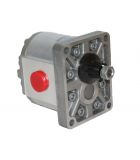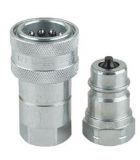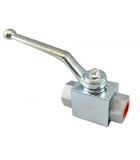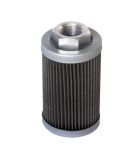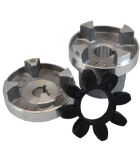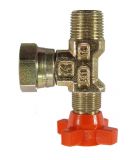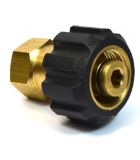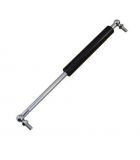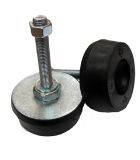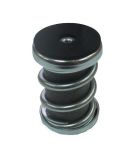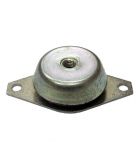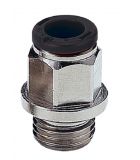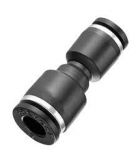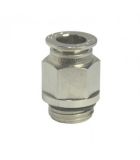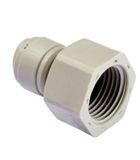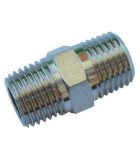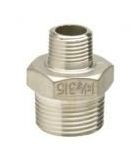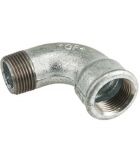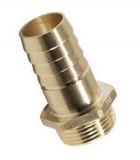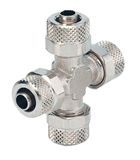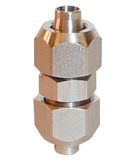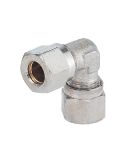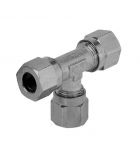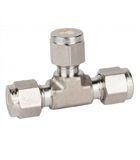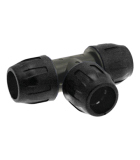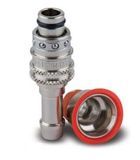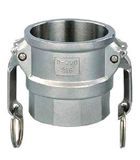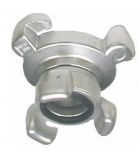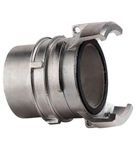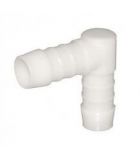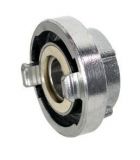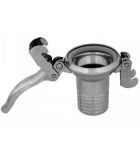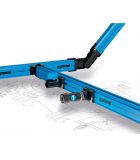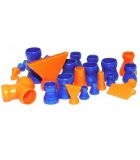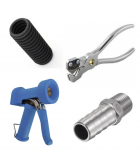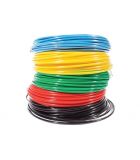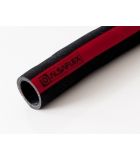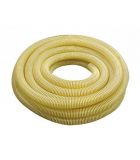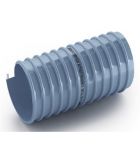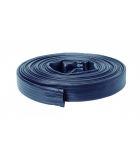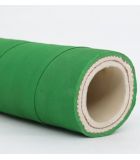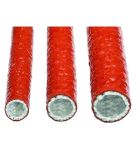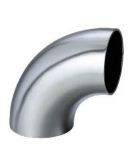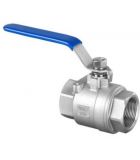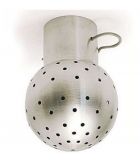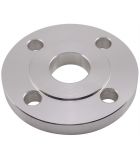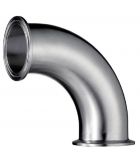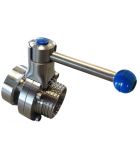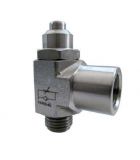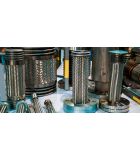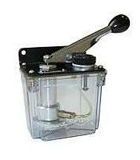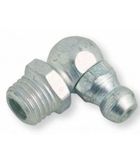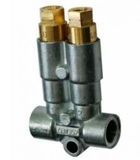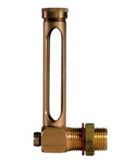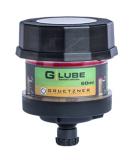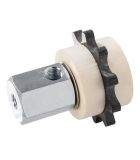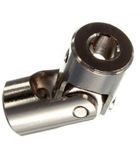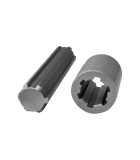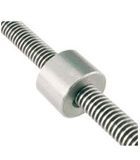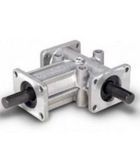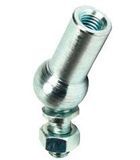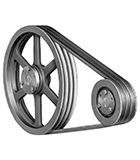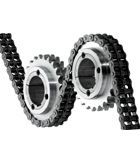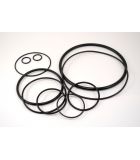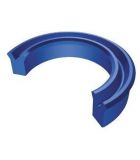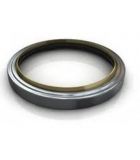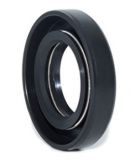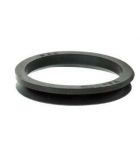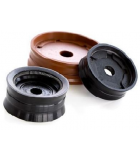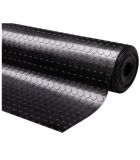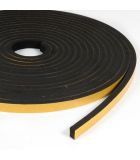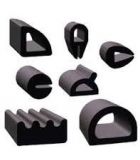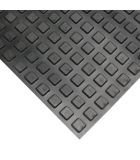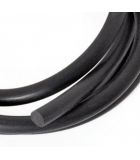BELTS AND PULLEYS
Transmission V-belts and pulleys. Buy online at the best price
What are V-Belts?
V-belts are trapezoidal shaped bands made of rubber that adapt to the pulleys, precisely because of this trapezoidal shape and that enables the coordinated and synchronized movement of the movement to be carried out. These movements are usually to transmit a rotation movement, from a motor to another type of device that needs to perform the same circular movement, called power transmitters.
The V-belts, in classic sections type Z, A, B, C, D, E and the high performance “X” line in toothed type, in sections ZX, AX, BX, CX. They are manufactured under the strict international profile standard. .
Parts of V-belts
The construction parts are as follows:
- Core and Cushion They are made of a mixture of special rubbers with high mechanical resistance, low permanent deformation due to compression and resistance to bending. Good working conditions at high and low temperatures (90°C) and (-10°C). Due to the manufacturing and vulcanization process, they keep the resistant element in position and ensure the perfect belt-pulley coupling, thus maintaining a low-vibration operation.
- Resistant element It is made up of a special synthetic fiber rope (polyester) with high tensile strength and low elongation, woven in various thread configurations, according to the type of application of the belt, and are appropriate for all speed ranges, up to 30 Mt/Sec. Before being assembled, the cord is impregnated with a special rubber solution that gives a homogeneous chain to the core and cushion; It is placed in the shape of a helix and has a treatment that gives it notable resistance to fatigue, while maintaining flexibility. The treatment of the cord and subsequent post-vulcanization conditioning (belt cooling) give the product guarantees of correct and constant operation, minimum elongation.
- Covering fabric It consists of a cotton-polyester mixed yarn fabric. It protects the internal elements of the belt against abrasion and ensures, thanks to its coefficient of friction, the fair transmission of belt power. The two fabrics with which the straps are covered are impregnated with a polychloroprene-based rubber that gives them good resistance to aging, wear, high stability to weather, ozone, temperature, oils and antistaticity. Good fire retardant and mechanical properties.
Identification of a V-belt is done by its measurements. Thus, to proceed with its identification, a letter is first placed that indicates the section of the belt, (mentioned above) Z, A, B, C, D, E, ZX, AX, BX, CX followed by a number that expresses the nominal length of the belt. The correct way to measure a strap is by externally calibrating the perimeter.
Pulleys for V-belts
Pulleys for V-belts are circular metal, cast elements, similar to a wheel, which can have from 1 to 8 channels. These channels are where the straps are housed. In its central part, a “tapper” is housed. This piece will help us easily and simply place the pulley on the transmission shaft.
The traction that results between the pulley and the belt is firm and has a very good grip. Very reliable. The trapezoidal pulley through which the belt moves is designed, thanks to its shape and materials, with a V-shaped groove that allows it to slide over the surface. Thanks to having this shape, when the branches that belong to the belt are in tension, the belt itself exerts the action of digging into the pulley so that the normal and sliding force produced is highly high.
Consequently, thanks to this operating system, V-belts are capable of transmitting a much greater amount of force without requiring greater slippage. The advantages of both the V-pulley and the V-belt are that combining them contributes to a greater amount of force emitted by both parts.
The slip required by the belt to obtain the desired results is less. Thanks to both its shape and the materials that make up the V-belt, it has much greater resistance and robustness. Thanks to the possibility of joining a set of different ends of V-belts, we can obtain one of much greater length.







